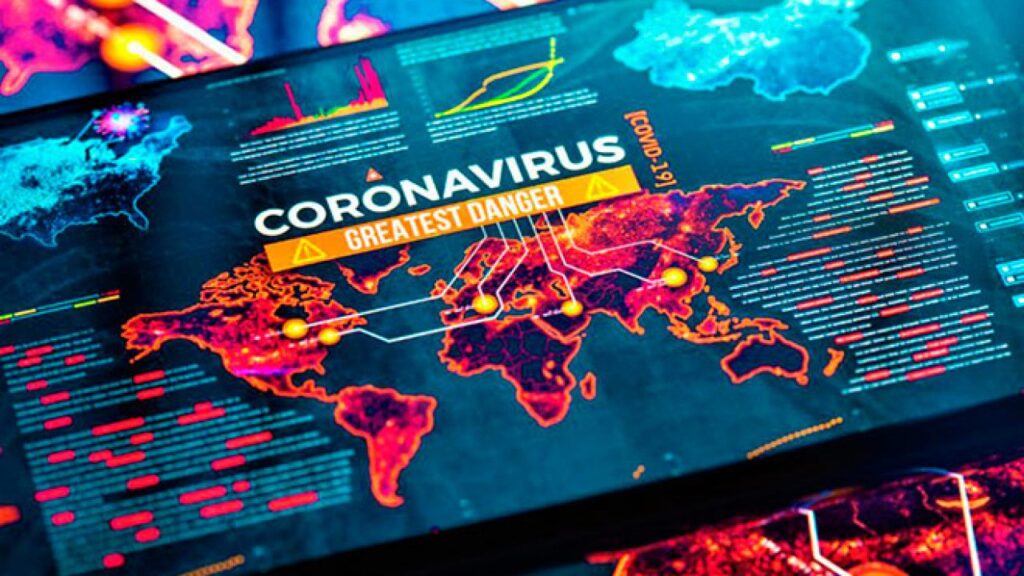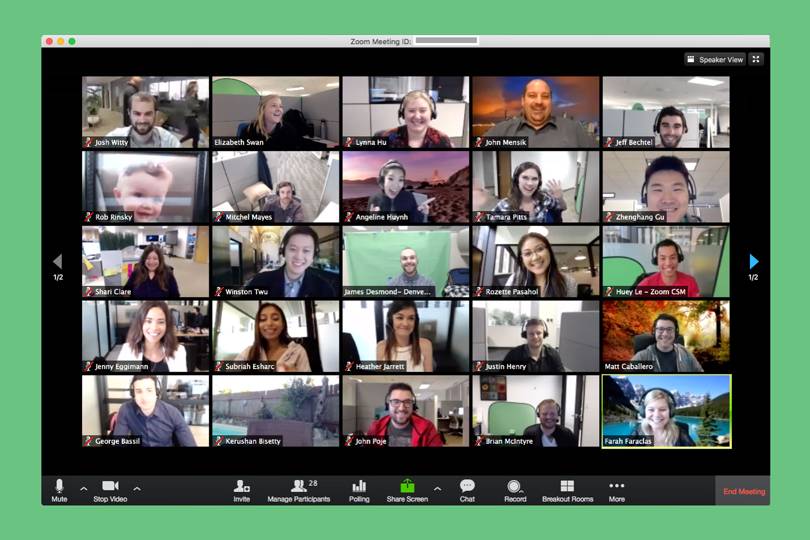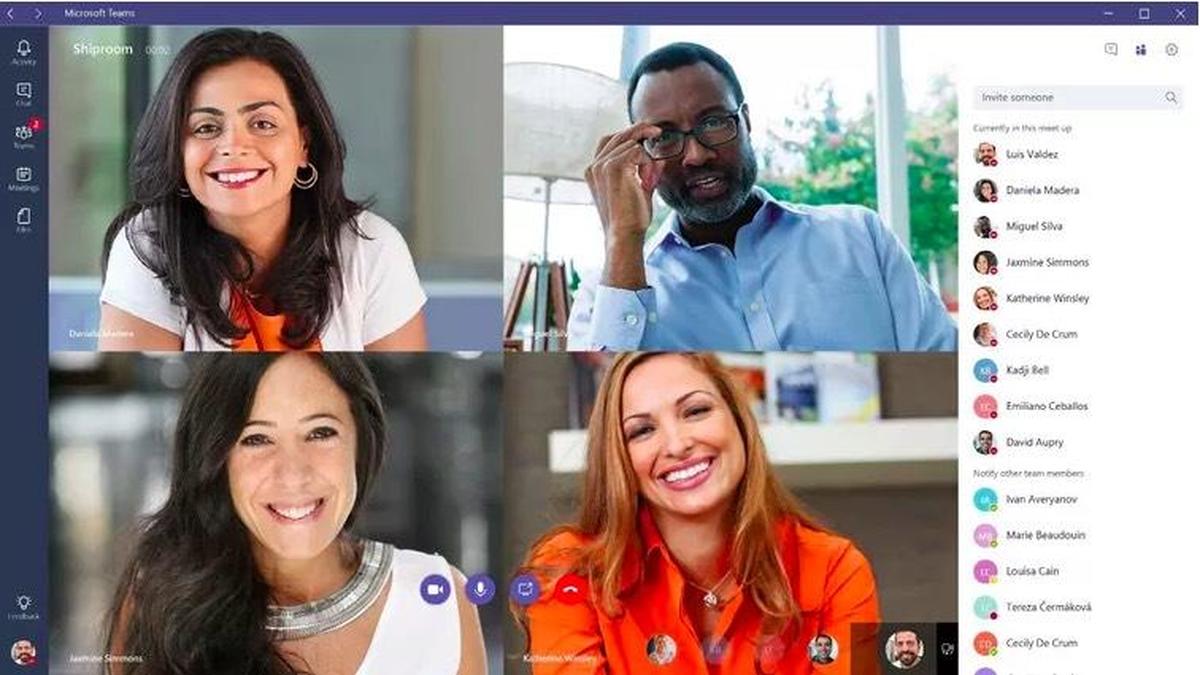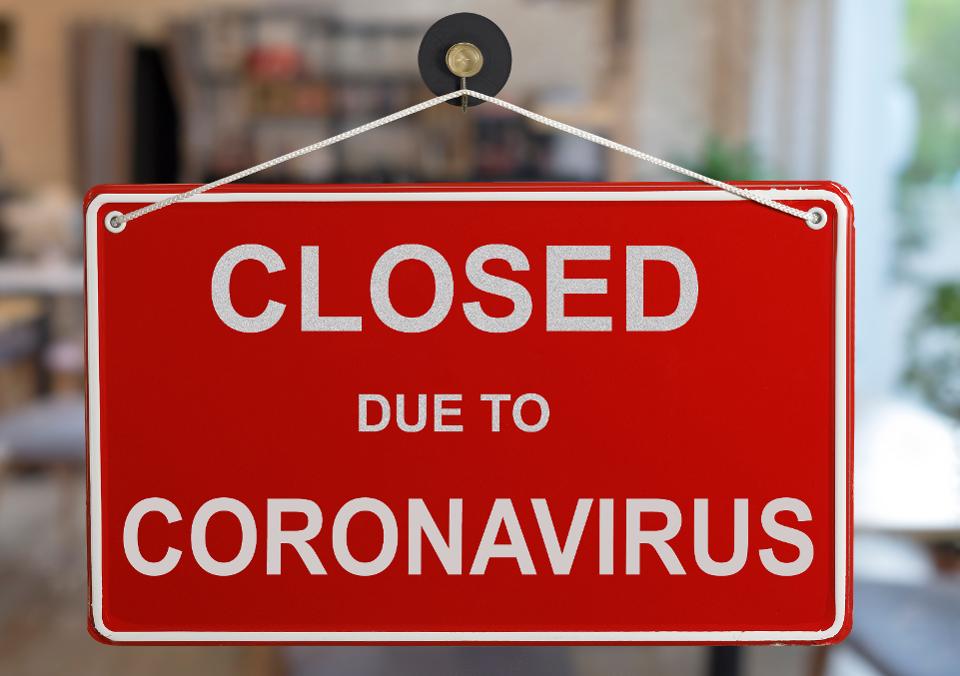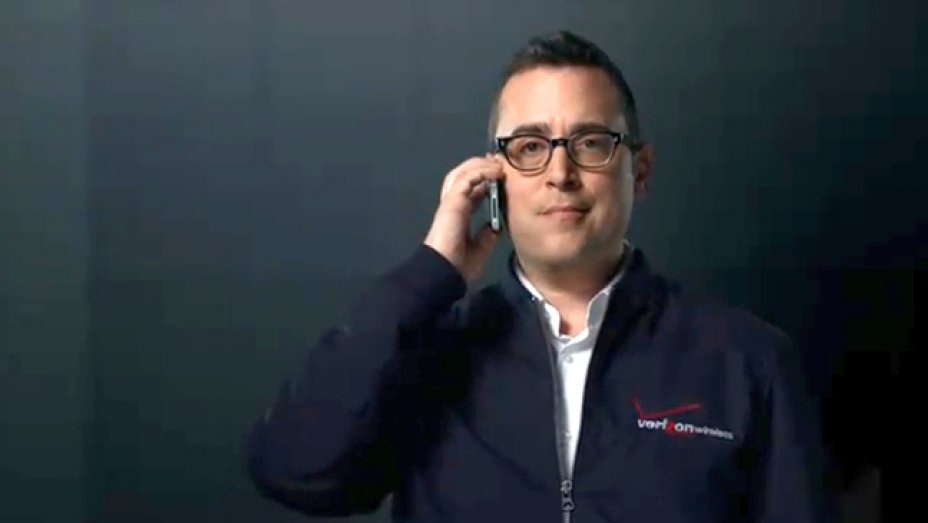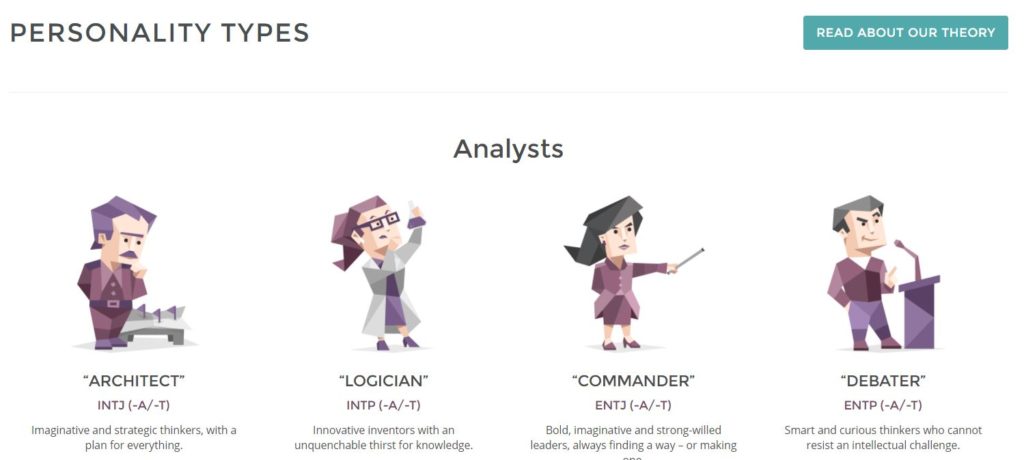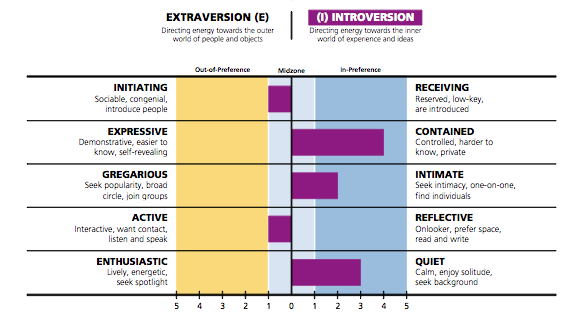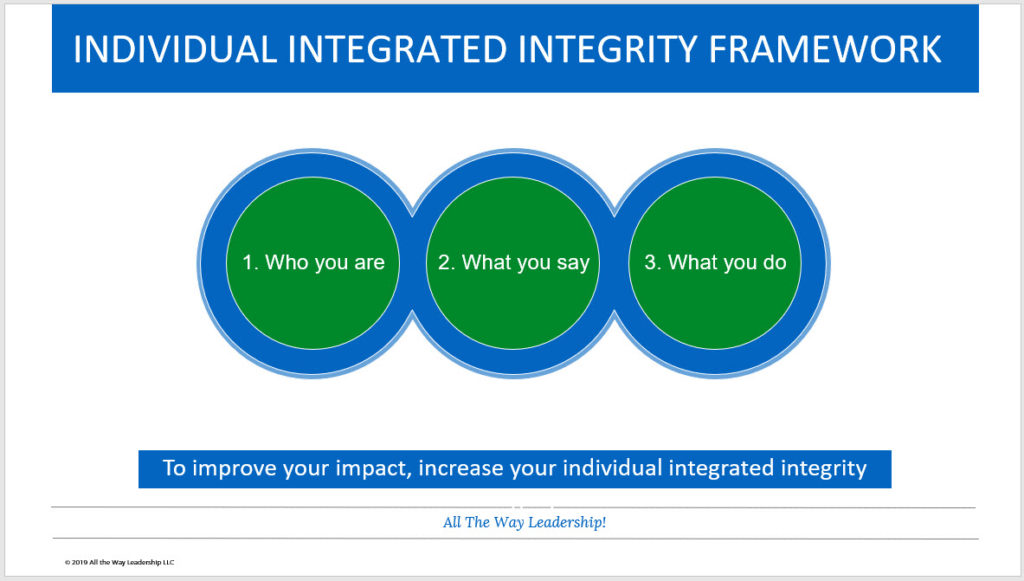I am writing a blog series about becoming a strong leader in the post-pandemic world. First I asked, Are you ready to be a strong leader in the post-pandemic world? In my last blog, I continued the conversation by listing many bold predictions that did not come to fruition in the post-pandemic world. For this blog, I will discuss three big work-related changes that all leaders need to understand to be successful in the post-pandemic world.

Work-related changes according to ChatGPT
First, let me have my new research assistant, ChatGPT, list the big work-related changes that came true during the pandemic. I checked the results and they seemed accurate to me.

- Remote Work: One of the most notable changes has been the widespread adoption of remote work. Many companies transitioned to remote work models to comply with social distancing measures. Even as the pandemic has subsided in some areas, remote work remains prevalent, as businesses recognize its benefits in terms of flexibility, reduced overhead costs, and access to a broader talent pool.
- Digital Transformation: The pandemic accelerated digital transformation efforts across industries. Companies invested in technologies and tools to support remote work, enhance online customer experiences, and streamline internal operations. E-commerce, online services, and digital communication platforms saw significant growth.
- Hybrid Work Models: Many organizations have adopted hybrid work models, allowing employees to split their time between working remotely and in the office. This approach provides flexibility while maintaining some in-person collaboration.
- Emphasis on Health and Safety: Workplace safety and hygiene became paramount. Companies implemented new health protocols, redesigned office layouts, and invested in sanitation measures to ensure the well-being of employees.
- Expanded Use of Collaboration Tools: Collaboration and communication tools like Zoom, Microsoft Teams, and Slack saw a surge in usage. These tools have become essential for virtual meetings, project management, and team collaboration.
- Rethinking Office Space: Some companies downsized or reimagined their office spaces to accommodate fewer employees at any given time, create more collaborative areas, and prioritize safety measures.
ChatGPT concluded that these changes have reshaped the work environment, emphasizing adaptability, technology, and employee well-being. Many of these trends are likely to continue shaping the future of work as businesses evolve and respond to ongoing challenges and opportunities. I agree with my new research assistant.

Three pandemic work-related changes
ChatGPT listed 15 big changes, but that is way too many for this blog. Rather I am going to focus on three big pandemic work-related changes. They are listed and briefly described below. I believe leaders must realize these changes happened and are probably here to stay. I could be completely wrong in my prediction, but I recommend you do not ignore the following three changes.
- Many companies reduced their workforce – the pandemic hit most industries hard. In response companies in those sectors most affected like travel, hospitality, and entertainment were forced to reduce their workforce. It was a tough time for many.
- More people worked from home – due to COVID restrictions, organizations were not allowed to have their employees in the office. Many companies pivoted, allowing their staff to work from home full-time. It was a first for me, perhaps you too.
- Productivity tools were enhanced – we saw a boom in productivity tools like Zoom, MS Office, and others during the pandemic. With so many people working from home, high-tech companies rolled out new features, capabilities, and functionality.

Three post-pandemic work-related challenges
These changes are not inherently bad. Many people would agree that changes #2 and #3 are good things. However, these shifts created correlated challenges in the post-pandemic world that leaders will need to address. Below are the related challenges.
- Fewer people and resources to get the job done. Some organizations are back to full strength, but many have not fully recovered. They are still short-staffed.
- More video engagement and group collaboration. With so many people still working from home video communications has become the new norm for many organizations. Video technology is much better now, but there are still challenges.
- More opportunities to automate routine work. It is amazing all the automation that is available to organizations and their leaders to leverage these days. Automation can be a double-edged sword if not handled with forethought about impacts. I do not see this challenge going away any time soon with the rapid rise of AI in the workplace.
Things simply are not the same as pre-pandemic, and strong leaders will make adjustments accordingly. I believe that brighter days are ahead for many leaders and their organizations as they navigate the post-pandemic world.

I will cover all three challenges in detail
In the next several blog posts I will do a deep dive into each of these challenges, along with sharing tools and tips for how to handle the impacts they caused. We have a lot to unpack. As always I look forward to the conversation and hearing others’ perspectives about how to be a strong leader in the post-pandemic world.
Change is the province of leaders. It is the work of leaders to inspire people to do things differently, to struggle against uncertain odds, and to persevere toward a misty image of a better future.
James M. Kouzes, The Leadership Challenge: How to Make Extraordinary Things Happen in Organizations
ATW! will make you a better leader
I hope you join me on this journey to raise the next generation of leaders. The world is in desperate need of more great leaders. Women and men who lead with confidence, clarity, and creativity. It’s time to become the leader that your world needs. Let’s go All The Way!


